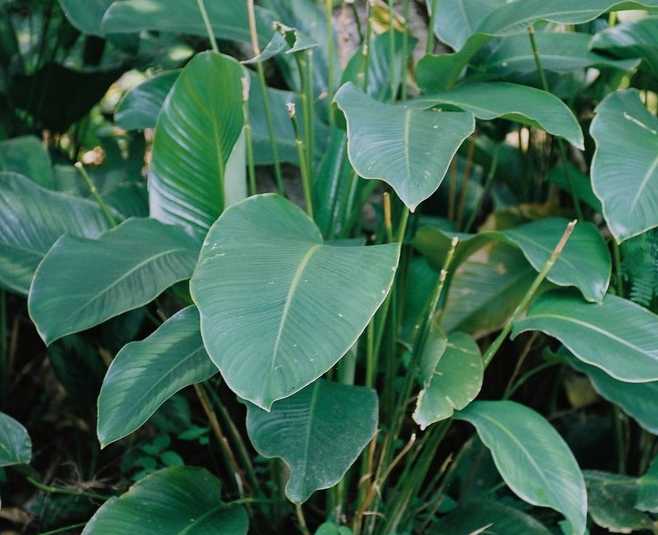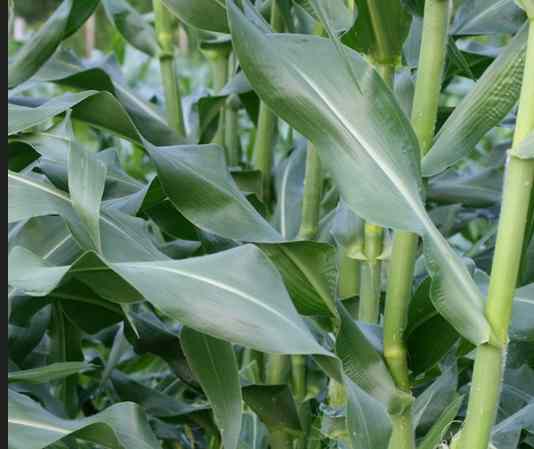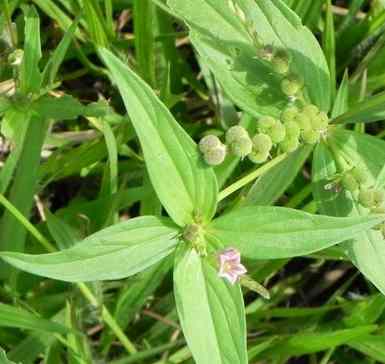
support@yorubalibrary.com
+2348073529208, 07038599574

Ewe Eran is mostly confused with Ewe Gbodogi. However, they have major differences and they are used for entirely separate things. This article explain its uses in details. Ewe Eeran, also known as Ewe Iran or Ewe Moin-Moin in Yoruba, is one of the most popular traditional leaves used for wrapping and steaming Yoruba delicacies like moin-moin (bean pudding) and ofada rice. Its botanical name is Sarcophrynium brachystachyum, and it is well-loved for the unique aroma it adds to food.
Beyond its culinary role, Ewe Eeran is highly useful in Yoruba traditional medicine for its wound-healing, fever-reducing, and cleansing properties. Spiritually, it is also regarded as a protective and cleansing leaf, making it a multi-purpose plant in Yoruba daily life.
Key Facts
Category: Leaf
Botanical Name: Sarcophrynium Brachystachyum
Common Name: Moin-Moin Leaf
Yoruba name: Ewe Eeran or Ewe Iran
Igbo Name: Nil
Hausa Name: Nil
Health Benefits
1. Heals Wounds and Skin Irritations
Crushed or warmed Ewe Eeran is applied to cuts, burns, or skin rashes to promote quick healing.
2. Reduces Fever and Body Heat
Herbal baths or teas made from the leaf help cool the body, reduce fever, and relieve heat rashes.
3. Soothes Muscle Pain and Swelling
Warm Eeran leaves are used as poultices on swollen or painful areas to ease discomfort and inflammation.
4. Improves Digestion and Stomach Health
The leaf is sometimes used in mild herbal teas to calm stomach upset and aid digestion.
5. Prevents Food Contamination
When used to wrap food, its natural anti-microbial properties help preserve freshness and prevent contamination.
6. Restores Strength After Illness
Ewe Eeran water is sometimes taken as a herbal tonic to replenish strength after fever or long sickness.
Want to treat common ailments such as Malaria, Cough, Measles, Typhoid, Pile etc naturally without spending much? Grab a copy of Authentic Herbal Solutions: 15 Common Ailments & Their Natural Cures. A practical eBook recommended for everyone regardless of tribe, religion or association. Order below or Download sample here
AUTHENTIC HERBAL SOLUTION #4KOne Yoruba proverb says "Bí olóde ò kú, òde rè kì í wu Gbégi". Do you know that Gbégi is actually a leaf/plant? Get Yoruba Proverbs on Plants and Herbs, which is a collection of Untold Wisdoms Hidden in Leaf and plants comprising their Life Applications & Moral Teachings. Order below or download sample here
YORUBA PROVERBS ON PLANTS #4KSpiritual Use
1. Cleansing Bad Luck and Negative Energy
Ewe Eeran is used in ritual baths to wash away spiritual blockages and attract good fortune.
2. Protection Against Evil Attacks
The leaf is placed in homes or used in protective charms to repel witchcraft and harmful spiritual forces.
3. Peace and Unity in the Home
Baths with Ewe Eeran water are believed to restore harmony and love among family members.
4. Purification During Traditional Rites
The leaf is used in various Yoruba rituals, prayers, and sacrifices, symbolizing cleansing and purity.
5. Fortification for Travelers and Pregnant Women
Some herbalists prepare spiritual baths with Eeran to protect travelers and pregnant women from spiritual harm.
Characteristics
⦁ Physical Appearance –
Ewe Eeran has large, broad green leaves similar to banana leaves but thinner and softer.
⦁ Taste and Smell –
Mild herbal taste and a pleasant natural aroma, especially when steamed.
⦁ Growth Pattern –
Commonly found in moist forests, riverbanks, and farmlands across Yoruba land.
Functions
⦁ Culinary Use –
Used for wrapping moin-moin, ofada rice, and other Yoruba traditional foods.
⦁ Traditional Medicine –
Wound healing, fever reduction, and body-strengthening after illness.
⦁ Spiritual Cleansing –
Removes bad luck, protects against evil, and restores peace.
Conclusion
Ewe Eeran, also called Ewe Iran or Ewe Moin-Moin (Sarcophrynium brachystachyum), is both a culinary and medicinal treasure in Yoruba land.
Have you heard of our Yoruba Herb Dictionary? This contains names of Yoruba Leaf, Roots, Barks, Characteristics, Properties & Identification with HD Pictures. Order below or download sample here
A-Z HERBS & LEAF DICTIONARY #4K
Know more about the Yoruba traditional uses and he…

Learn about Ewe Aran, a potent Yoruba medicinal le…